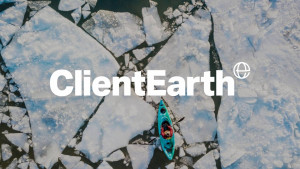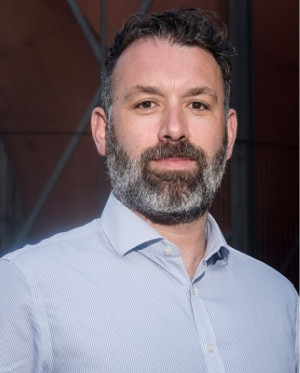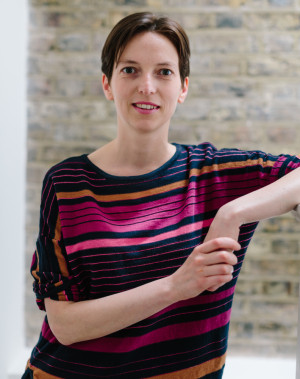COP26 Green Zone Blues
A personal reflection on the Glasgow COP26 experience and a missing ingredient
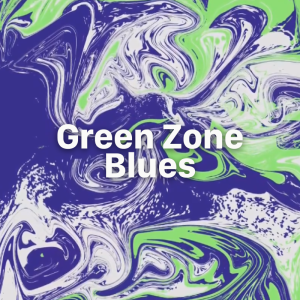
‘What did you think of COP?’ Since getting back from Glasgow I have been asked this question by colleagues, clients and friends innumerable times.
For those of you who were not there, close your eyes and imagine a huge empty out of town supermarket car park, add hundreds of match-day hi-vis jackets on private contractor staff, mix in some Stansted airport style security and cordon it all off with wire fencing tall enough to keep even giraffes out.
Give priority to cars over pedestrians to ensure unnecessary long detours by the majority who arrived on foot, ensure almost zero signage to navigate by and an entrance which was ‘just behind the Portocabin’s mate’ and I hope you get some sense of the mundane nature of the welcome.
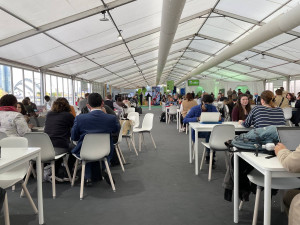
I am talking about the Green Zone, the space specifically there to engage a broader public than just the government and policy makers in the Blue Zone. Inside the atmosphere was one of a subdued university freshers week (lots of stalls and people keen to sign you up), a cafeteria that struggled to deal with the crowds and people sitting at tables tapping away on their computers. Small numbers of visitors wandered through rooms with small MDF stalls (advocacy groups) and glossier exhibition spaces (for the commercial companies with deeper pockets).
Seminars and talks were held in lecture halls of varying size but all with no view or natural light. I know we were in Glasgow but we could have been anywhere!
The disparity between the immensity and urgency of the subjects being discussed seemed in stark contrast to the slightly leaden casual suburban nature of the experience. And rather than embrace the place (Glasgow and the Glaswegians), it all felt a bit dislocated. Like something from a JG Ballard novel or an Iain Sinclair book, odd but hiding in the plain sight of day.
It is tempting to see the Green Zone in Glasgow experience as a metaphor for modern Britain. The government and civil service wants to do the big stuff but ends up delivering something a bit home made, a bit last minute and underwhelming for those on the receiving end.
In contrast, what should have been a short walk across the River Clyde (the bridges were cordoned off for VIPs and there was a long detour - ‘Don’t blame me sir, we do what the UN says’ said one policeman) there was an attempt to put on more of a show, with higher production values and speakers that spoke to the extreme bigness of the challenges being grappled with.
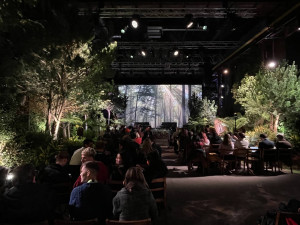
The New York Times Climate Hub took over a series of spaces near railway arches in the west of the city and produced a slick, engaging and energetic forum.
British artist Es Devlin had been commissioned to create an indoor forest of trees and plants in the main hall. It was a shock to see Nature in the room. The Circular Economy Cafe was run by the Ellen MacArthur Foundation; different formats and lighting allowed for a range of engagement from the more intimate sofa conversation to speakers zoomed in on stage, facilitated conversations or you could just sit back and listen. The speakers felt more cosmopolitan, diverse and global in reach. As an attendee I could feel my energy levels pick up and a desire to do more being subtly instilled. This felt like a big event and you were part of something important (my favourite was Patagonia CEO Ryan Gellart speaking from the heart, ‘you are right not to trust business’ at the same time putting in the hard yards internally to move to a cleaner circular operation).
Someone had bothered to choreograph the entire event, bring quality creative in from the start not as an afterthought, think about the experience from the delegate point of view and harness the space.
There seemed a greater confidence in the intent and ambition of the forum as an experience that can be transformative. It's not just about people attending, or listening - it’s about those people having a meaningful shared experience that they can take away.
What if the COP organisers admitted internally that these events are a bit of a circus and it’s better to embrace the spectacle rather than run away from it. The role of these gatherings is not just to explain, to listen - but to provide imaginative fuel and emotional momentum for the challenges ahead.
And that’s after all what the climate/pollution/biodiversity crisis needs in spades, lots more imaginative thinking and doing, rather than business as usual.

